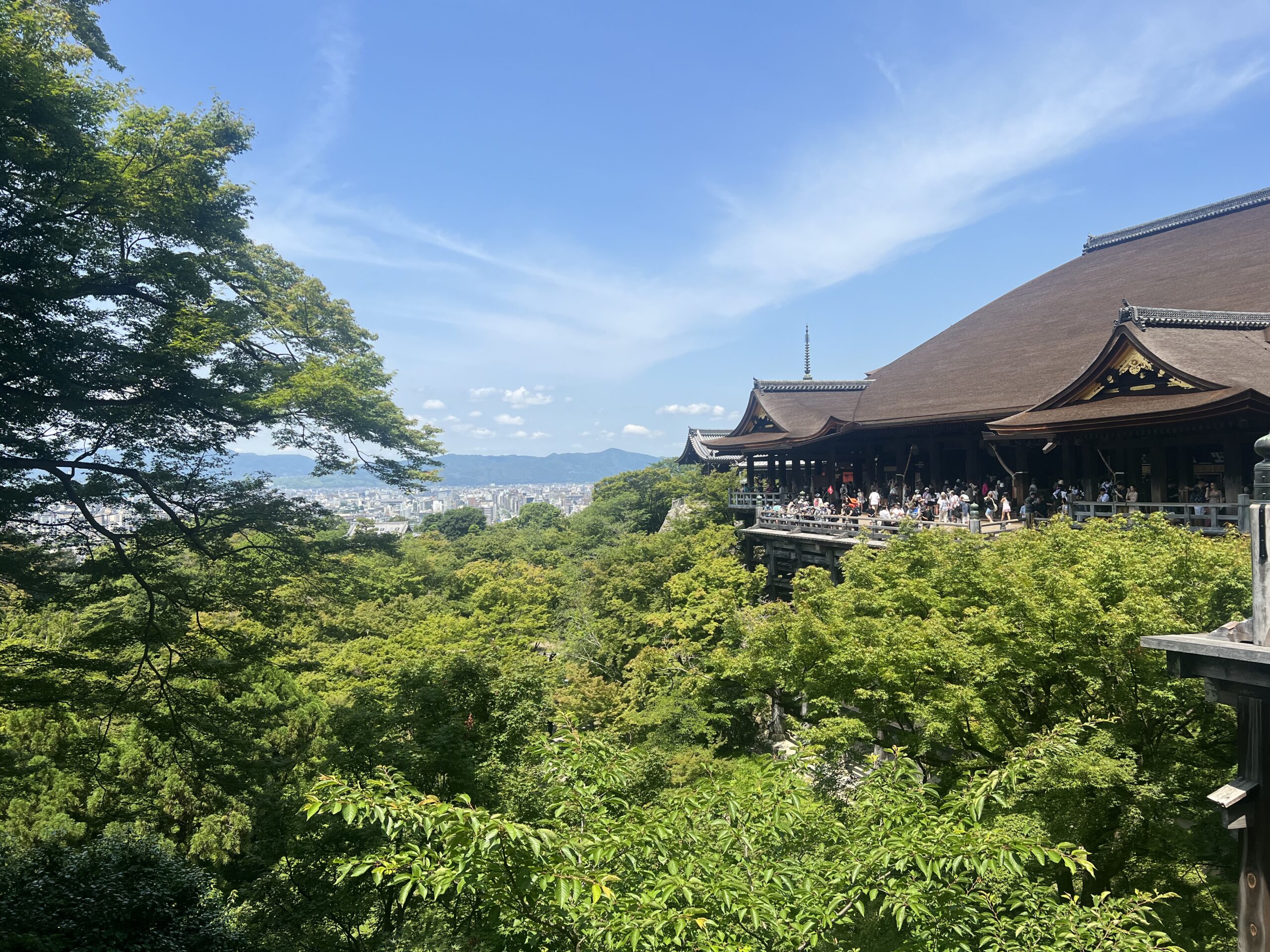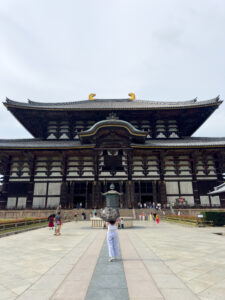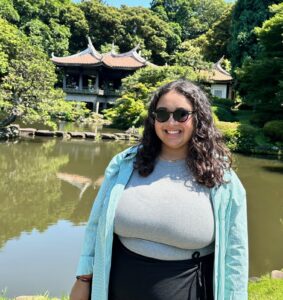
Over 1,600 Buddhist temples and 400 Shinto shrines reside in the ancient city of Kyoto.
It was previously known as Heian-kyo before the Edo period, and is still considered the center of Japanese culture. Due to its long history of concentrated Japanese tradition, it has survived and maintained housing head shrines of Japan despite the central power of the government moving to Edo (present day Tokyo) in 1868.
To give context to Japan’s major religions and what shrines and temples mean for the country, Shinto is Japan’s indigenous religion and is established in the belief in kami, spirits or deities that inhabit natural elements such as mountains, rivers and trees. Shinto practices the idea of purity and harmony with nature and rituals and ceremonies typically take place at shrines.
Buddhism on the other hand, was introduced to Japan from China and Korea and has a variety of teachings but essentially emphasizes a path to enlightenment by meditation, good conduct and study of Buddhist scripture. Buddhist practices are held at temples.
A few of the major shrines and temples in Kyoto are Kiyomizu-dera Temple, Yasaka Shrine and Fushimi Inari Shrine. Each of them come from unique backgrounds that add to the complexity of Kyoto’s religious history.
Kiyomizu-dera is a Buddhist temple that attracts millions of visitors every year to take in its scenic views and connect with its spiritual atmosphere. It’s a place of prayer that was founded in 778 during the Heian period. The temple’s name, “kiyomizu,” translates to “pure water,” which was derived from the Otawa Waterfall within its grounds. The water here is thought to have purifying properties which makes Kiyomizu-dera one of Japan’s most prominent temples that has played a large role in its religious history.
Unlike Kiyomizu-dera, Yasaka is a Shinto shrine which is another major religion in Japan. It was previously known as Gion Shrine and is located in the center of Kyoto. Yasaka Shrine is one of Kyoto’s oldest shrines as it dates back to the 7th century. Originally, it was established to satisfy the deity Susanoo-no-Mikoto, who was believed to cause plagues and disasters, but today, Yasaka Shrine is most famous for hosting the Gion Matsuri, which is one of Japan’s largest festivals held every July. In the spring it becomes a popular spot for viewing cherry blossoms.
Another famous Shinto shrine in Kyoto is Fushimi Inari which is recognizable by approximately 10,000 red torii gates that create a path to the the top of Mount Inari. Walking through the iconic torii gates is meant to symbolize both reverence and renewal. Fushimi Inari was founded in 711, making it one of the oldest Shinto shrines in Kyoto. The shrine was made for Inari Okami, the Shinto deity of rice, agriculture, prosperity and foxes. The various fox statues around the shrine are considered messengers of Inari.
Shinto and Buddhism both play essential roles in upholding Japan’s spiritual values and provide a basis for the country’s history and societal norms.
Kyoto’s abundance of shrines and temples is the result of being Japan’s imperial capital for thousands of years which has allowed it to continue to serve as a place of worship to this day. Its shrines and temples continue to attract visitors seeking to learn more about Japan’s rich spiritual and history, making Kyoto a significant destination for cultural exploration.







